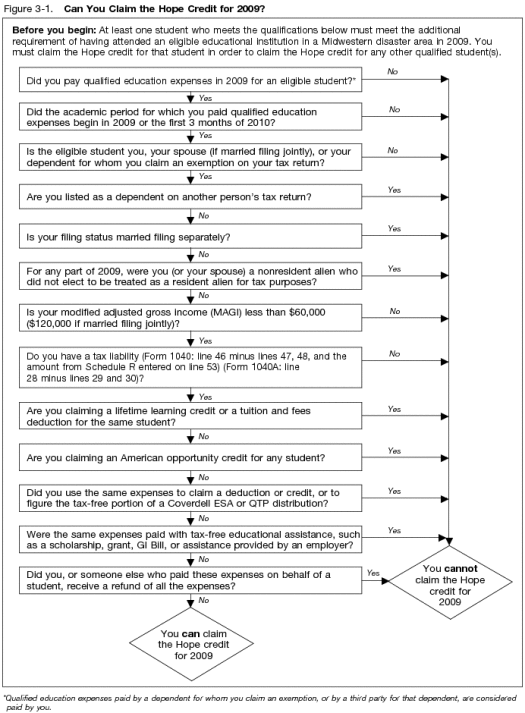Education Tax Credits are Hard to Figure Out, But Worth Taking a Look At!
/What prompted me to write this article is that I helped an employee save $1,900 on her 2009 taxes. Why? Because she wasn't aware of the American Opportunity Credit for the money she spent on college education last year.
There are 3 Federal education credits in 2009, the new American Opportunity Credit, the Hope Credit and the Lifetime Learning Credit. Of course, you can also claim a tax deduction for education costs (in lieu of credit), but most people will benefit more from a tax credit (particularly a refundable tax credit) than a tax deduction.
American Opportunity Credit ("AOC")
AOC is a new tax credit applicable to years 2009 and 2010 that modifies the Hope Credit (we'll touch on later). However, at this point it is temporary....will be gone in 2011.
The AOC is a tax credit of up to $2,500 per eligible student. Up to 40% of the credit can be REFUNDABLE and the remainder is limited to taxes due (nonrefundable).
The credit is based on 100% of the first $2,000 and 25% of the next $2,500 spent on qualified education expenses.
"Qualified" expenses include tuition, enrollment fees and course-related books, supplies and equipment. This can include payments made in 2009 for education in 2009 as well as in the first 3 months of 2010.
AOC is available only for the first 4 years of postsecondary education towards an undergraduate degree or credential, including any years the Hope Credit was claimed.
Student must be enrolled at least half time for at least one academic period during the year, but most not have a felony drug conviction on their record.
The credit phases out on "Modified" Adjusted Gross Income of $180K if married filing jointly and $90K for others.
You can't take both the AOC and either of the other two credits (Hope, Lifetime Learning). AOC is much better than the other 2 credits but once again, is temporary. For the most part it is a supercharged version of the Hope Credit.
Hope Credit
The Hope credit is a nonrefundable tax credit up to $1,800 per eligible student (though doubled to $3,600 if student is in a Midwestern disaster area).
The credit is based on 100% of the first $1,200 spent and 50% of the next $1,200 spend on qualified education.
Qualified expenses EXCLUDE the cost of books, supplies and equipment not required to be paid to the institution as part of enrollment. (In other words, if you buy your books second-hand, the cost doesn't count for Hope...but does for AOC.)
Hope is only available for the first 2 years of postsecondary education toward a degree or credential.
Like AOC, student must be enrolled at least half-time during one semester and cannot have a felony drug conviction.
The credit phases out on "Modified" Adjusted Gross Income of $120K if married filing jointly and $60K for others. Ouch! Much lower than AOC phase outs.
My summation is that the only reason one would take the Hope Credit rather than AOC in 2009-2010 is if the student(s) are in a Midwestern disaster area.
Lifetime Learning Credit ("LLC")
This is kind of a cool credit in that it is available literally your whole lifetime for all postsecondary education, part-time or full-time. And yes, you CAN be a felony drug convict and still take this credit, yippee!!
The credit is up to $2,000 per year per RETURN (compared to per "student" for the other 2 credits). This is $4,000 if student is in a Midwestern disaster area.
Credit is based on 20% of qualified expenses paid, up to $10,000 of expenses per return. So while $4,500 spent would earn you the entire AOC and $2,400 would earn you the entire Hope Credit, it takes $10,000 to be eligible for the entire LLC.
However, like the Hope Credit, qualified expenses exclude second-hand books and other supplies not purchased directly from the institution.
Credit phase-outs are the same as the Hope Credit.
Confused yet? Want to learn more!? First have a drink (you'll need at least one), then take a look at IRS Publication 970 "Tax Benefits for Education," IRS Form 8863 and related instructions and Form 8917Tuition and Fees Deduction." Makes for quite stimulating reading. "
Since we're on the topic, consider funding a Section 529 plan to help fund future education by investing tax-free.
And now for some Fun with Flowcharts! The IRS has created these lovely, exciting flowcharts for determining eligibility for education credits.
I'll tease you with these three for now.






